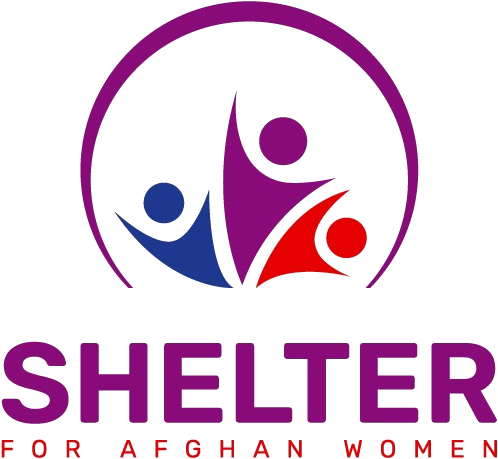Education SWA
Education Girls’ education and Afghanistan
Afghanistan’s education system has been devastated by more than three decades of sustained conflict. For many of the country’s children, completing primary school remains a distant dream – especially in rural areas and for girls – despite recent progress in raising enrolment.
In the poorest and remote areas of the country, enrolment levels vary extensively, and girls still lack equal access.
The underlining reasons for low girls’ enrolment are insecurity and traditional norms and practices related to girls and women’s societal roles. Other causes can partly be explained by a lack of female teachers, especially in rural schools. Only 16 percent of Afghanistan’s schools are girls-only, and many lack proper sanitation facilities, further hindering attendance. Certain sociocultural factors and traditional beliefs also undermine girls’ education. Girls continue to marry very young – 17 percent before their 15th birthday.
In some parts of the country, a shortage of schools and insufficient transportation are the main obstacles to education – a long walk to school means fewer children go. Geographical barriers, especially in mountainous areas, also make it hard for children to reach the classroom. Once children do make it, they often receive a lower quality of education because only 48 percent of their teachers have the minimum academic qualifications (equivalent to an Associate Degree).
Afghanistan’s socio-political and humanitarian crises critically affect a fragile education system. SAW Mainly works for the holistic development of poor, discriminated, and neglected families. Various awareness training is being organized for children, youth, and women, mainly for education, vocational training, and social development. Supplementary education (English and computer) centers have been opened for children’s primary education, and more than 1000 children have been allowed to learn. They work for manual scavenger rehabilitation in urban slums and rural areas, providing education for neglected girls and rehabilitating needy children and youth.
After the Taliban takeover, the insecurity and uncertainty continue to fuel a wave of internal displacement as people seek safety for themselves and their families. All the sectors are affected, but the education program is completely damaged, particularly women/girls’ education; the Taliban did not start the girl’s schools properly yet. Therefore, SAW struggled to initiate the below-education programs.
- SAW initiate free education for some of the girls in each school, totaling 600 girls.
- SAW signed a school fee MoU with private schools in different provinces for poor students (the total provided scholarship by SAW is 120).
- SAW established free English and computer center for both girls and boys
Kabul.
- SAW also initiate provide public awareness programs in a different province
Approach,
- Conduct an assessment on how to provide online education (education from home) for girls.
- Formation of Community Support Committees (male, Female, and community leader).
Importance of girls’ education.
- Target the chalders who could not attend schools due to family economic saturation.
Provide skills training to mothers/women to support their families.
- Female Techier training programs
- Development/ Documentation (if available) of key messages regarding education
- Develop long- and short-term educational road maps and strategies.
GOAL
To build and develop the socio-political and humanitarian crises that critically affect a fragile education system.
The Need
SAW is looking for financial support from donors and People donations to start working on programs that will facilitate the education system for girls who cannot attend schools in Afghanistan.



